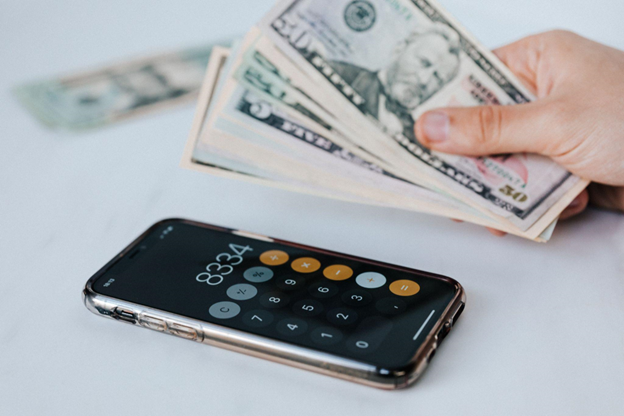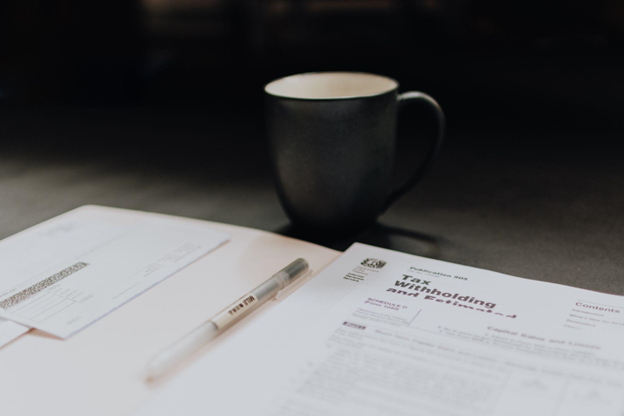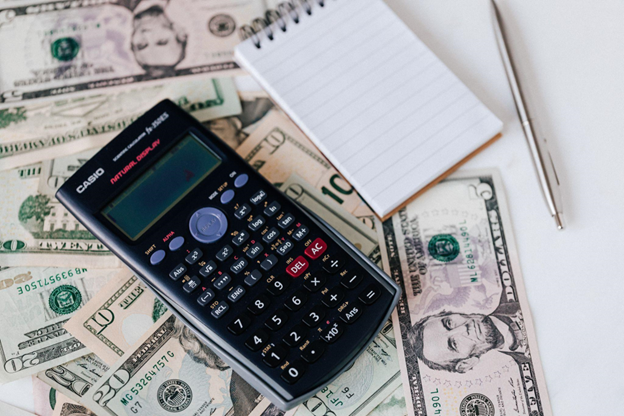Credit Tip Tuesday #67 Everything You Need To Know About Claiming Tax Refund

Hello, credit and finance lovers!
We're back with another informative and comprehensive research in our tax season series. Today, we'll focus on the "Tax Refund" by the people’s choice.
Let’s get started!
____
What’s the next thing you should be preparing for after filing your taxes? Claiming tax refund!
It's the money you overpaid to the Canadian government, but how much you get back is entirely dependent on how well you prepared your taxes. Yes, you can receive the maximum tax refund in Canada with a little foresight.
Do you want to know how? Keep reading!
Tax Refund: Overview
If you paid more state or federal taxes in Canada than you were required to in the previous year, the CRA would send you a tax refund. For instance, you’ll get a refund if:
- Your employer deducted an excessive tax percentage from your salary
- You wrongly calculated your tax bill and overpaid
You’ll get a lump sum of the difference you paid and what you owed to the government. According to a report, almost three-fourths of tax percentage is over-withheld, resulting in a tax refund claim.
So, is a tax refund a good thing?
Of course, if you overpaid your bill, you would want to have the extra money back to put to use for good things.
However, if talking logically, a tax refund is the money you overpaid that you could have used to pay bills, deal with debts, or make ends meet. So, it can be a good thing to get back.
Claiming Tax Refund: Who Gets Tax Refunds?
 Image Credits: Pexels
Image Credits: Pexels
If you pay your taxes accurately, the tax refund amount might not be too appealing. However, if your salary was over-withheld, you must expect every excess back. So, who can or will receive a tax refund? Here’s a list of possibilities:
- Tax filing error: The taxpayer made a mistake when filling out IRS Form W-4, which calculates the right amount of withholding from an employee's salary.
- Intentional excessive filing: The taxpayer deliberately filled the W-4 form with a high withholding amount in hopes of getting a high tax refund.
- Old information: The W-4 form wasn’t updated regarding the birth of a new child or marital status change.
- Over-withholding to avoid penalties: The self-employed taxpayer might have filed an excessive amount to avoid tax penalties and debt (in case of wrong tax calculation)
You can claim a tax refund when you overpaid your anticipated taxes as an employed person. You’ll most likely receive the money at the end if you’ve been paying more than what was required.
So, is tax refund free money?
No, a tax refund can’t be considered free money as this is the amount you paid to the government from your paychecks. In simple words, this additional refund is your money (that you’re obtaining back from CRA).
Claiming Tax Refund: How Does It Work?

Image Credits: Unsplash
Tax refunds are often sent in the form of paper checks or direct transfers into the taxpayer's account. In fact, taxpayers can also use their refunds to purchase savings bonds.
The majority of refunds are granted within a few weeks following the taxpayer's tax return filing. However, it is possible that a refund will take longer in specific cases.
- The duration of an e-filing tax refund is usually two to three weeks
- Whereas if you filed via papers, you might have to wait for up to eight weeks to receive your tax refund
Nonetheless, e-filing your tax return and selecting direct deposit is the quickest way to receive a refund.
Moreover, tax refund works differently for employees and self-employed employees in terms of tax filing. Here’s how:
1. For EmployeesAs an employee's paycheck withholds tax amounts through the year, he/she needs to calculate and file taxes differently.
Employed people must file a tax refund describing their earnings, deductions, and credits by April 30 (May 2, 2022) to determine the tax they owe.
- If they pay more than the requirement, the money is refunded by the government at the end
- However, if the calculated tax is underpaid, then they must pay the rest up by April 30th (May 2, 2022)
Freelancer, open-source, or self-employed employees are solely responsible for their finances and tax calculations.
- Self-employed people sum up all of their earnings, subtract expenditures, deductions, calculate their average tax, and then deduct credits at the end
- The taxpayers should submit the entire calculated amount as nothing has been deducted from their income yet
They should, ideally, calculate their average tax rate at the start of the year and move that ratio from each invoice to a separate account.
Tax Refund: How To Claim?

Image Credits: Pexels
You can claim a tax refund either through the official CRA website. Or, you can get the information by calling on the given helpline number on the official page.
Generally, a tax refund is usually directed back to the connected accounts of taxpayers in the given time. Still, if you want to know your refund status, you should visit the Canada Revenue Agency website.
Ways To Know Your Tax Refund

Image Credits: Pexels
As we mentioned, a tax refund is an amount you overpaid. So, if you want to calculate a tax refund, you must revisit the tax filing process. Didn’t understand?
Let us simplify:
1. Reanalyze Your W-4 Form
The salary withholding depends on the information you provide to your employer, who then decides the tax deduction amount. Of course, if your provided data is inaccurate, you’ll get a high/low paycheck.
So, if you were receiving a low paycheck, there’s a possibility your tax refund might be high (as an excessive amount was being deducted).
2. Check Your Filing StatusYou must make sure the filing is done accurately for a correct refund amount. You have to provide everything truly, so there are no penalties or wrong deductions.
However, if you see you have forgotten or mistakenly provided wrong deduction details, contact the agency to right the wrongs.
3. Revisit Your Tax CreditsAccording to CRA, the tax credits can reduce your tax bill by a set amount. For instance, say you have overpaid your taxes and didn’t subtract any of the tax credits you deserved; it implies a high tax refund on your account.
- Read the child support tax credits
- Understand the spouse's supporting credits
- Know tax credits for your low income
Make sure you have your records straight to prove to the agency that you deserve a high tax refund. In addition, claiming any applicable tax deductions or credits would reduce your tax bill, thus increasing the size of your return.
How To Use Tax Refunds?
Of course, it’s totally up to you how you want to use your claimed money, but there can be wiser decisions you can make. According to BMO, some of the smart ways are:
- Saving bonds: You can use your tax refund money to buy government-supported saving bonds
- Pay down credit debt: The best way is to use the tax refund to pay debts, build credit and get a good credit score in Canada
- Boost your emergency account: You can use the surprise money to help balance and support your emergency account
- Savings account: The amount refunded can be further used to open or invest in a tax-free savings account which can be helpful for your retirement or emergencies
- Retirement account: If you already own a retirement planning account, use your refunded money to boost the savings
- Invest: If you have a side hustle or passive income stream, use the refund to make things better
- Improve your living: If the amount isn’t much that you could invest in a market or use for your saving plan, you can always utilize the money to have a me-time or family time
If you’re self-employed or a freelancer who pays taxes in quarterly payments, you can use your tax refund to make the installments even more manageable. For example, you can apply to have your refund transferred in paying your future installments.
Bottom Line
A greater tax refund could indicate poor tax preparation because it's the money you overpaid to the Canada Revenue Agency (CRA). However, you must claim it with care, as it is what you are entitled to.
Yes, it’s your hard-earned money that you saved and prepared for throughout the year, and it’s only wise to have it refunded!
You don’t need to go into panic mode because you hardly filed your taxes!
This guide includes everything you need to know about claiming a maximum tax refund in Canada. So, give it a read and prepare accurately!
Bonus: For more such helpful content, visit our Credit Tip Tuesday by Plastk series.


